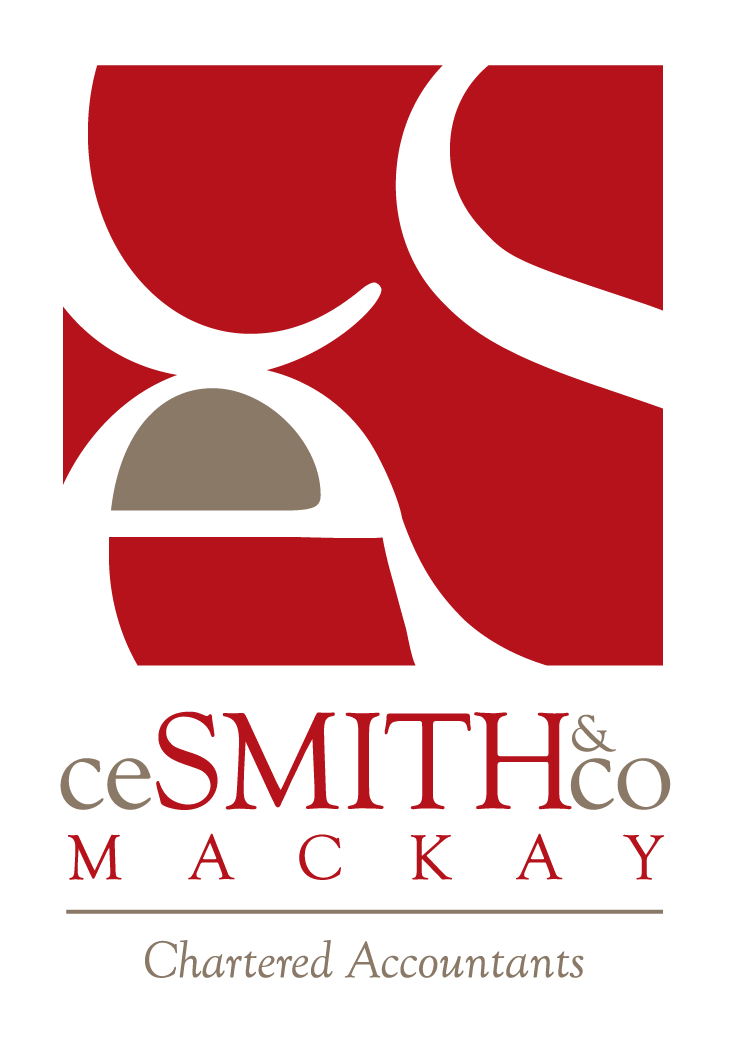Tax Time: Unexpected First-Time Debts
For the first time, many Australians are finding themselves in a position where they are being told they owe the ATO money after completing their tax return this year.
A significant number of taxpayers in this position are those that are still paying off their HECS/HELP debts – many of them young Australians. Following are some myths and facts around why this may be the case.
1. When PAYGW is deducted from salaries and wages to take account of HELP liabilities, the withheld amount is not applied against the HELP debt until after the end of the income year, when the tax return is lodged. This means that indexation is applied to the debt without taking into account any PAYGW withheld during the year.
Fact or myth?
This is a myth.
Indexation only affects the loan balance, it doesn’t affect the amount of the year-end tax liability.
2. Where an employee has salary sacrificed, the lower salary will reduce the PAYGW withheld, but the reportable fringe benefit is included in their payment income that is used to determine liability to HELP repayments.
This is not likely to be understood or expected by affected taxpayers.
Fact or myth?
This is a fact.
HELP repayment income is the total sum of the following amounts from a person’s income tax return for the income year:
■ taxable income
■ total net investment loss
■ reportable fringe benefits (as reported on their payment summary)
■ total net investment loss (which includes net rental losses)
■ reportable super contributions (including salary sacrificed contributions); and
■ any exempt foreign employment income amounts
3. Negative gearing amounts are added back and included in HELP repayment income. The rapid rise in interest rates will flow through to negative gearing amounts which increase the repayment income.
This is not likely to be understood by affected taxpayers and will have caught them off-guard.
Fact or myth?
This is a fact.
However, this will only affect those engaged in negative gearing which may not be many young Australians with a HELP debt.
4. The high indexation applied to HELP debts this year of 7.1% compared to prior years (3.9% in 2022 and 0.6% in 2021) has caught tax payers off-guard. Prior to 2022, over the last 10 years, the rate had not exceeded 2.6% and was often around 2%.
Fact or myth?
This is a myth.
Again, indexation only affects the loan balance, it doesn’t affect the amount of the year-end tax liability.
5. The end of LMITO after 2021/22 is only just being realised by taxpayers now, despite two years of talking about this. The message did not get through, or the impact was not fully understood.
Fact or myth?
This is a myth.
For employees, the PAYGW rates were increased to take the LMITO abolition into account, so yes no refund, but there shouldn’t be tax payable as a result of just the LMITO ending.

